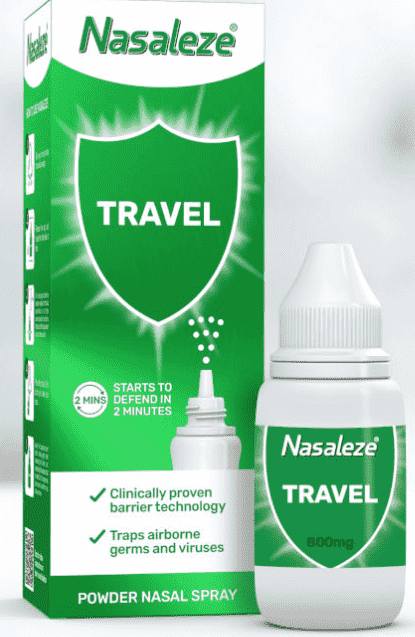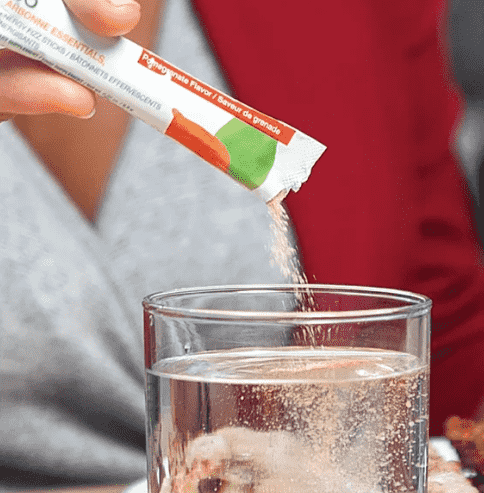Pharmaceutical powders may often go unseen; people tend to opt for tablets and capsules instead. Yet these versatile and effective dosage forms have an impressive history dating back centuries; made up of finely divided solids including active pharmaceutical ingredients as well as excipients.
Powder comes in many varieties and has long been utilized by healthcare practitioners in different ways - from ancient medicines to contemporary remedies and even supplements - and their importance is still on the rise.
What Is Pharmaceutical Powder?

Pharmaceutical powders are solid dosage forms composed of finely divided particles containing active pharmaceutical ingredients (APIs) and excipients; you can utilize these powders depending on what goal you wish to accomplish with them.
Particle size, flow properties and formulation techniques are extremely crucial components to making sure pharmaceutical powders function appropriately and remain safe.
What Are the Different Types of Pharmaceutical Powders?

Typologies of Pharmacy Powder Classified by Particle Size
The British Standard 1993 says that particles under 1000 µm are powder. This is how we group pharmacy powders by particle size. Fineness can often be gauged through sieve hole sizes which it passes through.
As discussed, below is my handy guide to the different types of powder based on particle size:
- Extremely coarse powder (No. 8): Particles may pass through a No. 8 sieve with particle sizes approximately 2.38mm in size. However, no more than 20% can pass through a No. 60 sieve.
- Coarse powder (No. 20): These particles pass through a No. 20 sieve with ease; particle sizes typically measure 0.84mm in size. No more than 40% can pass through a No. 60 sieve without breaking.
- Moderately coarse powder (No. 40): Particles can pass through a No. 40 sieve; their particle size averages 0.42mm, and no more than 40% can make their way past a No. 80 sieve.
- Fine powder (No. 60): Particles that pass through a No. 60 sieve measure 0.25 millimeter in size and cannot pass more than 40% through to pass through to No. 100 sieves.
Typologies of Pharmacy Powder Classified by Dispensing
Not just particle sizes can categorize pharmaceutical powders; we can also divide them up according to how these dosage forms should be consumed or taken in various categories. This gives us an accurate picture of their intended uses.
Divided Powders
Divided powders are individual doses of medication packaged individually into paper or foil packets for precise dosing, perfect for potency or dose adjustment. While once more popular due to tablets and capsules becoming mainstream options.
- Simple powders: They typically consist of one active ingredient such as aspirin.
- Compound powders: These have multiple active ingredients combined together into one powder form - such as aspirin, paracetamol and caffeine for instance.
Bulk Powders
Bulk powders are nonpotent substances provided to patients in bulk form. Common examples are found in bottles or jars and require precise measurement by each patient individually, leading to less accurate dosage results than divided powders. Bulk powders are used in all kinds of products, like antacids, laxatives, and nutritional supplements.
- Dusting powders: You can also use dusting powders directly on your skin. They're great for removing excess moisture, soothing irritations and providing antiseptic or antifungal benefits.
- Dentifrices (tooth powders): These are oral hygiene products designed specifically to clean teeth and freshen breath.
- Insufflations: Powders that can be finely distributed to fill body cavities such as nose, ears or tooth sockets with small amounts.
- Snuffs: Medical powders inhaled for medical properties like decongestant or antiseptic properties.
- Douches: Soaked powders used to cleanse vaginal cavities using water-based solutions.
Typologies of Pharmacy Powder Classified by Use
Pharmaceutical powders come in different forms and can be grouped based on how they're used. Here's a quick overview of the main types.
Pharmaceutical Powders for Internal Use
Pharmaceutical powders designed for use internally are intended to be taken orally, nasally or via inhalation and typically include one or more active pharmaceutical ingredients (APIs) and excipients in finely divided form.
Examples of powders designed for internal consumption are oral powders: they should be easy and convenient to consume - whether sachet-sized or bulk powders are made to do just that!

- Oral Rehydration Salts (ORS) - Used to combat dehydration.
- Antacids - To neutralize stomach acid.
- Laxatives - Which help lessen urge to pass stools.
- Nasal powders: When inhaled through the nose, these powders may help treat allergies or respiratory infections. Nasal corticosteroids - These relieve inflammation. And decongestants help relieve nasal congestion.

- Insufflations: These finely divided powders are instilled directly into body cavities like nose or ear cavities to provide inhalation therapy for their target organ.
- Pharmaceutical Powders for External Use
These drugs, often referred to as topical powders, may be applied topically directly on skin or mucous membranes for topical application. Each powder provides certain functions like absorbency, inflammation reduction or antimicrobial effects for external application.

Here are a few externally applied powders:
- Dusting powders: The powders are fantastic at helping absorb moisture and prevent irritation on the skin.
- Antiseptic powders and Anti-inflammatory powders: They help fight infection from taking hold and reduce pain and inflammation.
- Antifungal powders: They offer an effective remedy against fungal infections, providing effective care against fungal growths.
Are There Specialized Types of Pharmaceutical Powders?
While our earlier classifications provide a good framework for understanding pharmaceutical powders, there are additional types. Here are two specialized examples:
A. Eutectic Powders

Eutectic powders offer unique characteristics; they're created by mixing multiple ingredients. Furthermore, these unique formulations typically possess lower melting points than any of their components separately, which make them particularly valuable in various pharmaceutical applications. These special powders include:
- Topical analgesics: Eutectic mixtures containing menthol, camphor and thymol are frequently utilized as topical analgesics due to their soothing cooling and counterirritant effects.
- Transdermal drug delivery systems: If you want your medicine absorbed more effectively into your skin and body quickly and safely, transdermal drug delivery with eutectic mixtures might be just what's necessary.
B. Effervescent Powders

Effervescent powders work by dissolving in water and releasing carbon dioxide gas, creating fizz.
- Oral rehydration therapy: They contain electrolytes and glucose to replenish fluid and mineral levels lost through illness, replacing fluid loss.
- Drug delivery: Effervescence can assist medications to dissolve more readily in your system and be more easily taken up by cells.
- Pleasant taste: Fizz can mask an unpleasant flavor of certain drugs that might not taste pleasant.
Final Thoughts
Powder drug production technology has significantly advanced to help us deliver them more effectively to patients and achieve superior outcomes for them. Tablets and capsules remain the primary forms for taking medicine. However, there are an array of pharmaceutical products in powder form with benefits including quick dissolution times and administration ease that make these an attractive solution when treating unstable medications.